Forum Replies Created
-
AuthorReplies
-
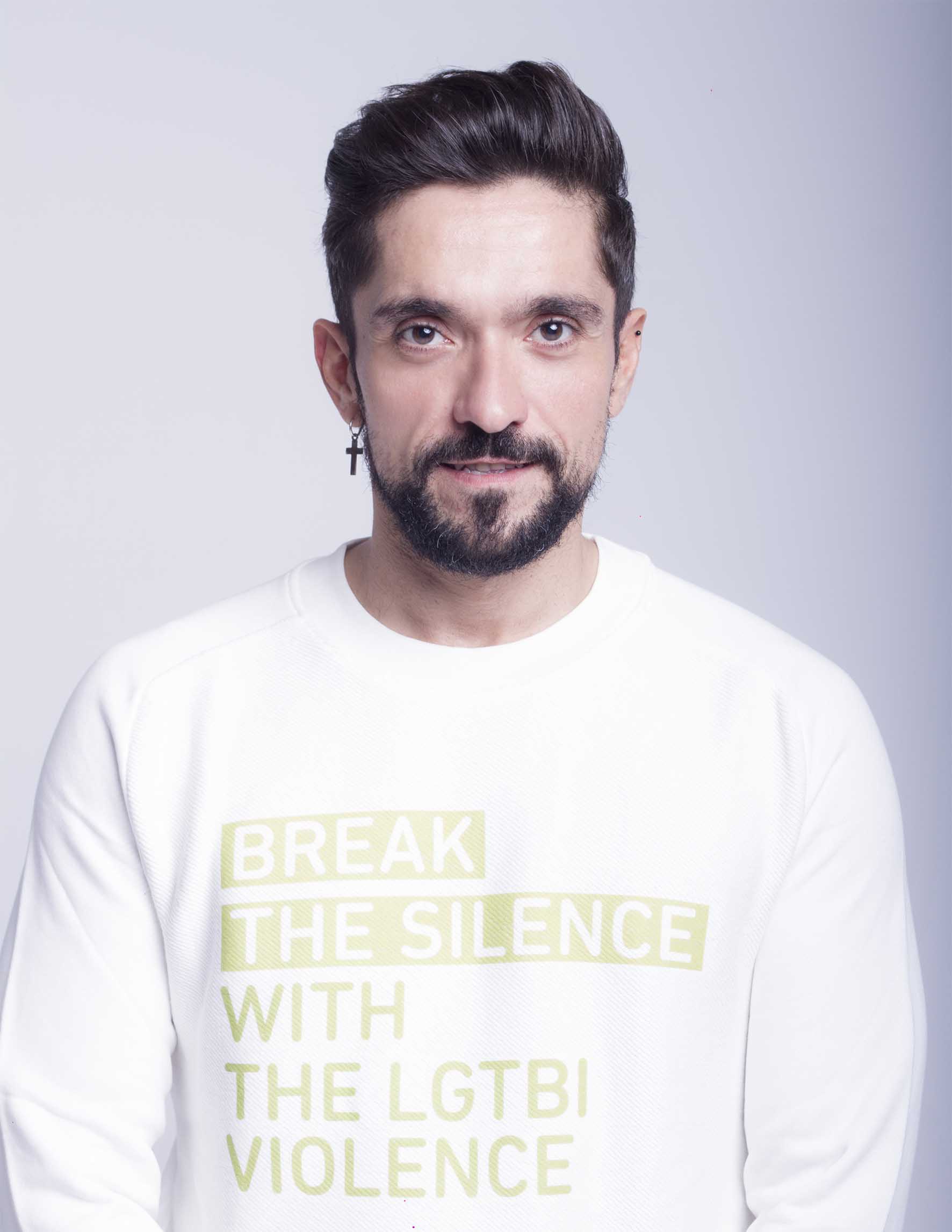 JORGEMember
JORGEMemberBeing my first experience and not have had a remarkable engagement in the trial process, we are trying to build alliance with other stakeholders for the best outcomes in these studies’ implementations and also to continue advocating for PrEP access together, as community and other societies, scientific groups, etc. This will have a bigger power and it has more motivation specially for us, as community members, because our voices are raised up in these meetings. Also I’m trying to manage fluent communication with stakeholders, also sharing information and involving them in other moments or steps related with the trial.
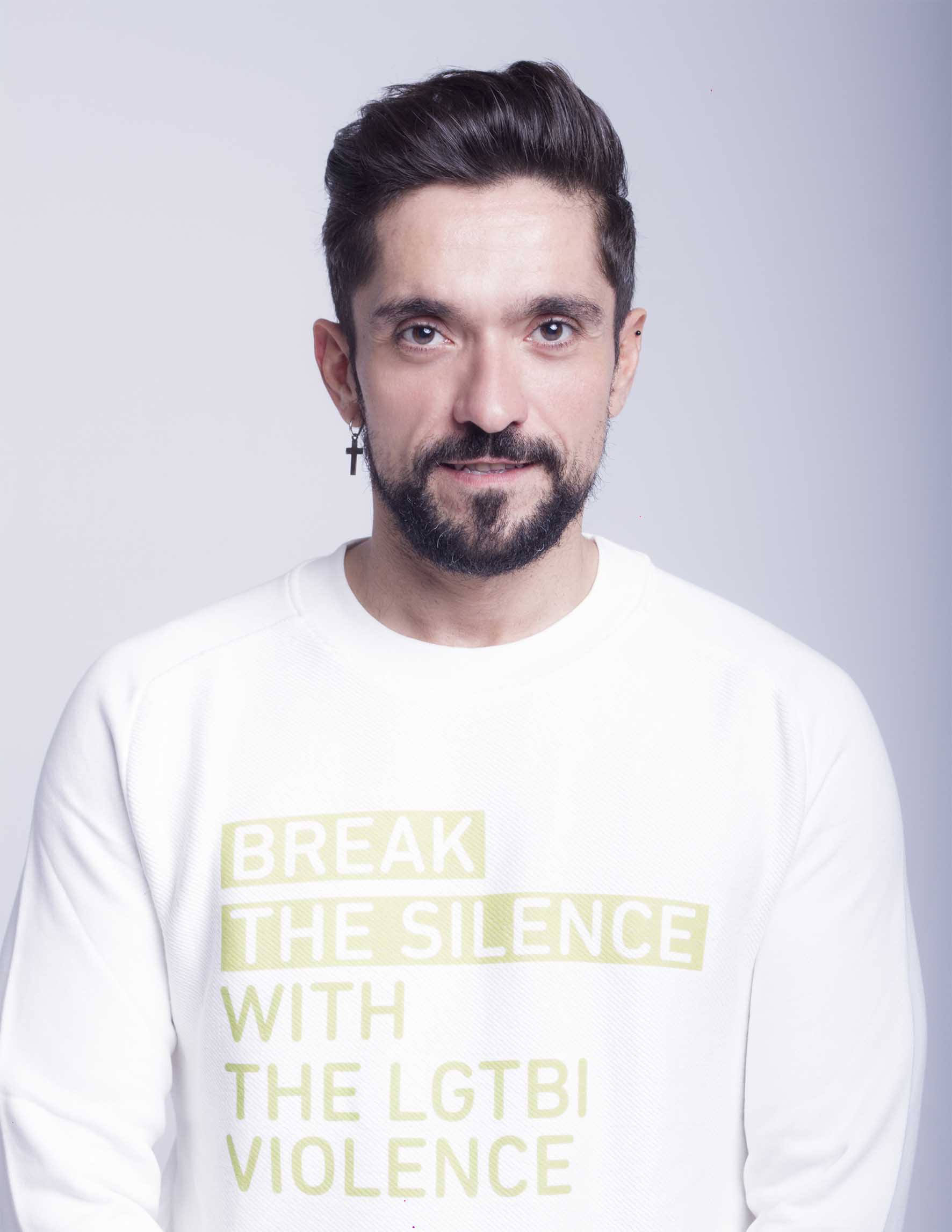 JORGEMember
JORGEMemberProbably the trial design and structure should be different since the beginning considering to involve community representative and other stakeholders from civil societies to bring the input about how was the HIV prevention standards in the country and how to face this situation regarding the trial goals.
If the country has such a restrictive HIV prevention options and they don’t accept even clean needle exchange it doesn’t have any sense to run the trial without an initial consultation to figure out if this trial is accurate for a country with those barriers. Maybe NGOs and civil society can work jumping over the law and helping on the HIV prevention methods delivery and bringing the clean needle but there is also a huge risk for the advocates and activist. For instance, we are not having access to PrEP in Spain, and we are using 2 different studies / trials to get an early access for some vulnerable people but also we are trying to manage the “wild PrEP” that many of them are already taking and many other wants. It’s ilegal to get PrEP but is the public administration is not taking care of a accurate and possible HIV prevention package as we need it in the country, we, as a community members and representative should advocate to get this option asap and also work on other alternatives to get the best package.
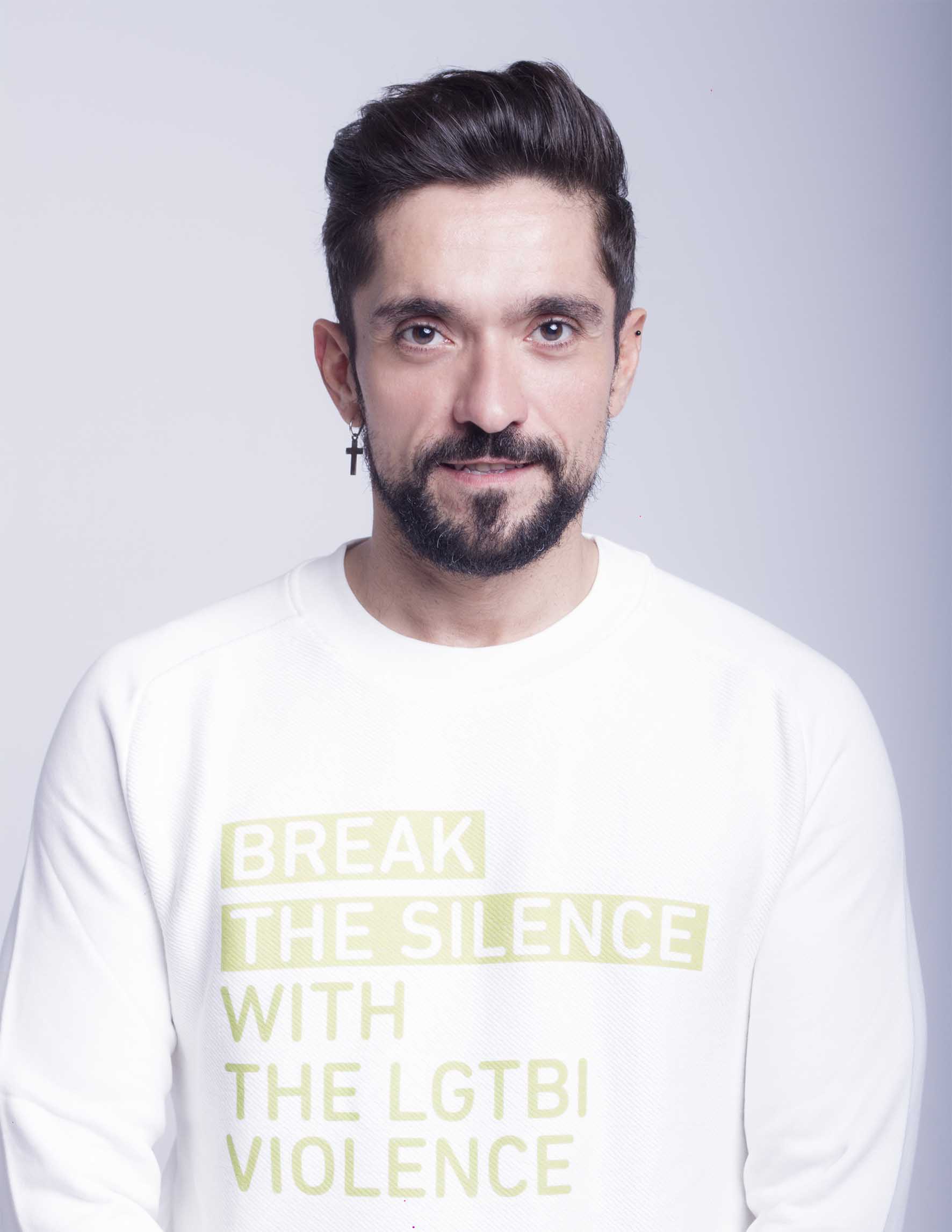 JORGEMember
JORGEMemberWe work with different strategies and mechanisms to identify key stakeholders:
– CABs: we have organized some community advisory groups to identify those strategies to approach the rights stakeholders
– Informative meetings
– We brainstorm formal and informally with different stakeholders that we already have from other projects and research
– We review other researches, societies’ guidelines, standards and recommendations…
– We also try to think out of the book including other stakeholders not so common on this field, but collaborating to help in the research’s development
And we map them and plan our long-term relationship.
The assessment of each stakeholder’s importance to the project use to be based on ratings from the project team members of the stakeholder’s perceived power, proximity and urgency. We use different tools for the mapping managing.As Anne was telling us during the webminar media involvement is crucial for these trials, not only to informa about the trial existence but also about specific information related an issue, not still available in the country as PrEP. We use some social media information resources and also we are involving other community media resources (mostly online) to disseminate information but also how things are going with these trials. But in this cases, the situation is a little bit weird because the community involvement is getting lower and sadly this is not an important issue for the most part of the other stakeholders and media.
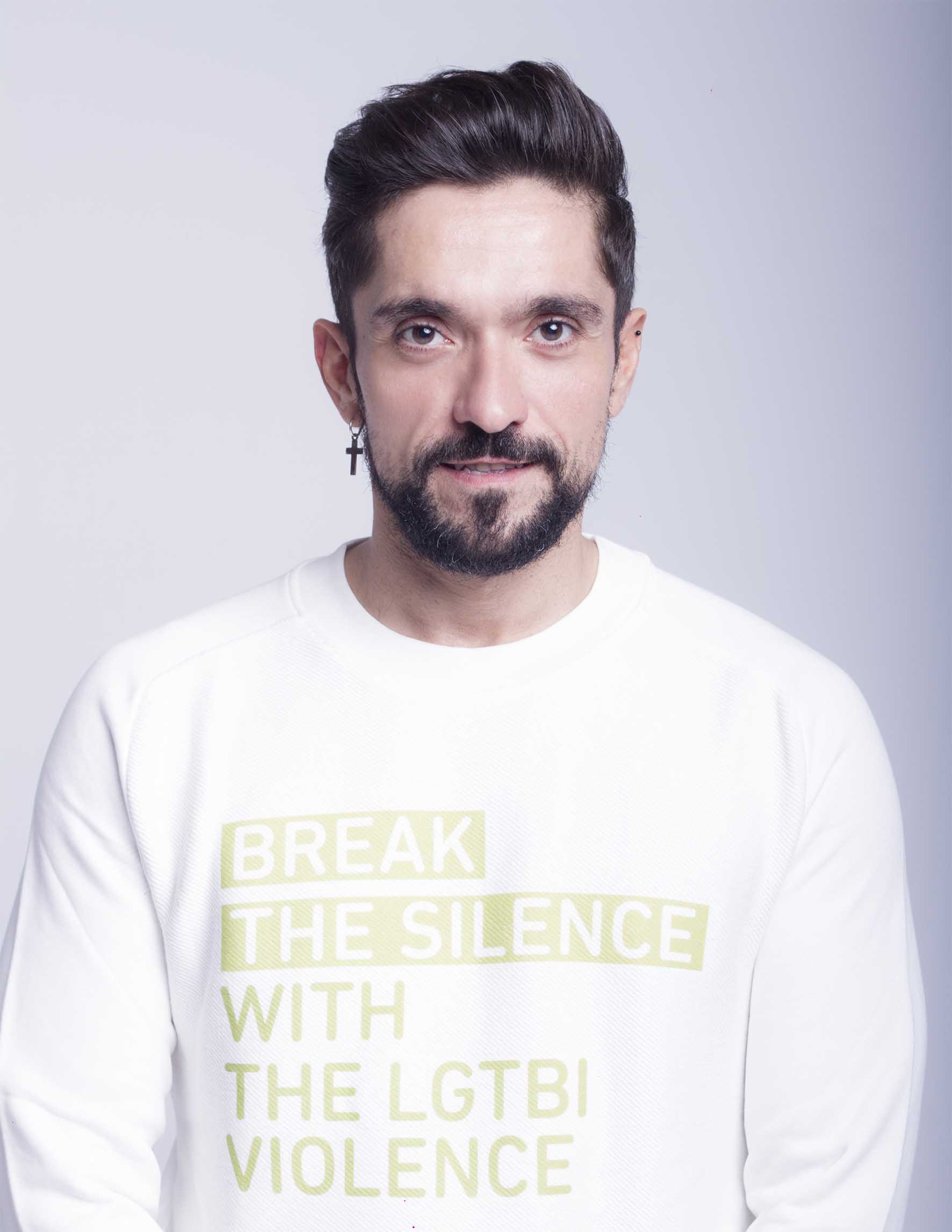 JORGEMember
JORGEMemberWe didn’t implement any research yet, just participate as partners in some of them, but now that we are starting one, we are considering the use of social media in the communication plan.
Usually we are so active in the 2.0 world and we have a strong communication plan for the organization which make us one of the health organizations in the country with more impact, specially in Facebook and twitter.
One of our main concern is about participants’ recruitment and social media. How do you manage a call for participants in social media? Any of you did experience any issue related? Is the right place to publish a call? How this can be understand from some people with trial resistances?
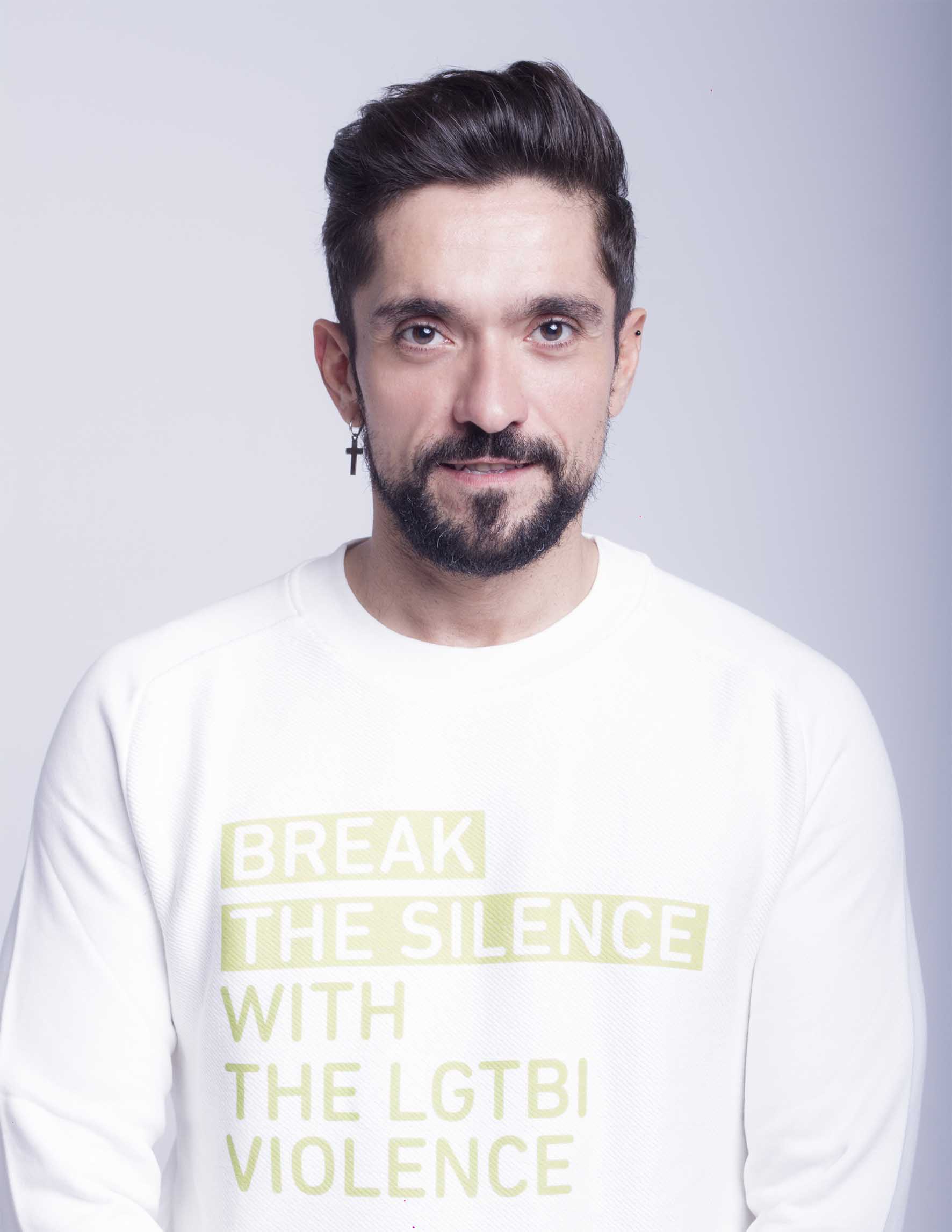 JORGEMember
JORGEMemberI really like your points. I’ve had some meetings with doctors after CROI and that’s also for me the big feedback: PrEP. I strongly believe that we have the tolls for ending the HIV epidemic but we need to make HIV again a priority and involve in the right way community to implement those tools in the best way.
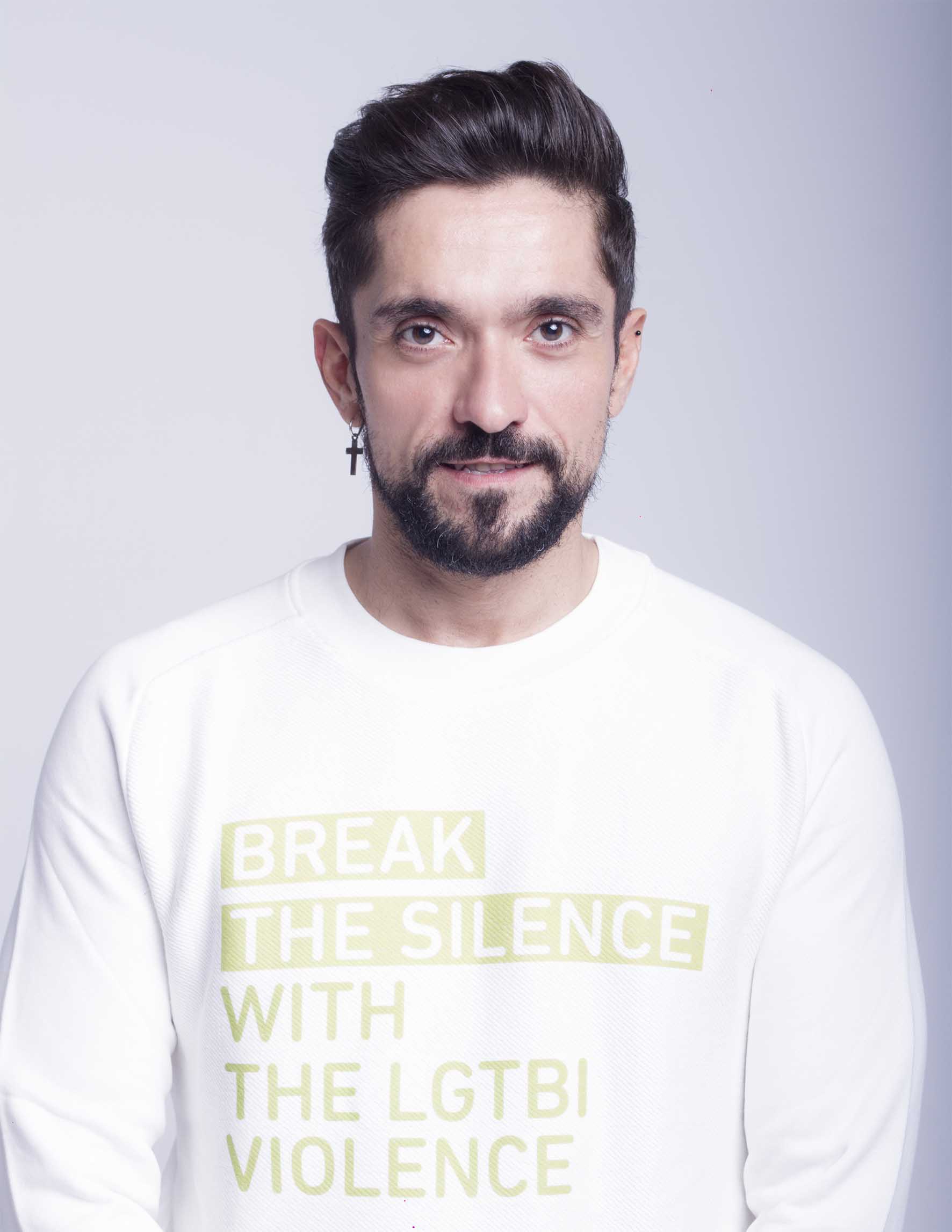 JORGEMember
JORGEMemberExactly: getting a better knowledge of the community can me researchers realize about where to get involve to identify the right stakeholders and spaces to implement formative activities.
Networking with the community resources, leaders, events and spaces can be the way!
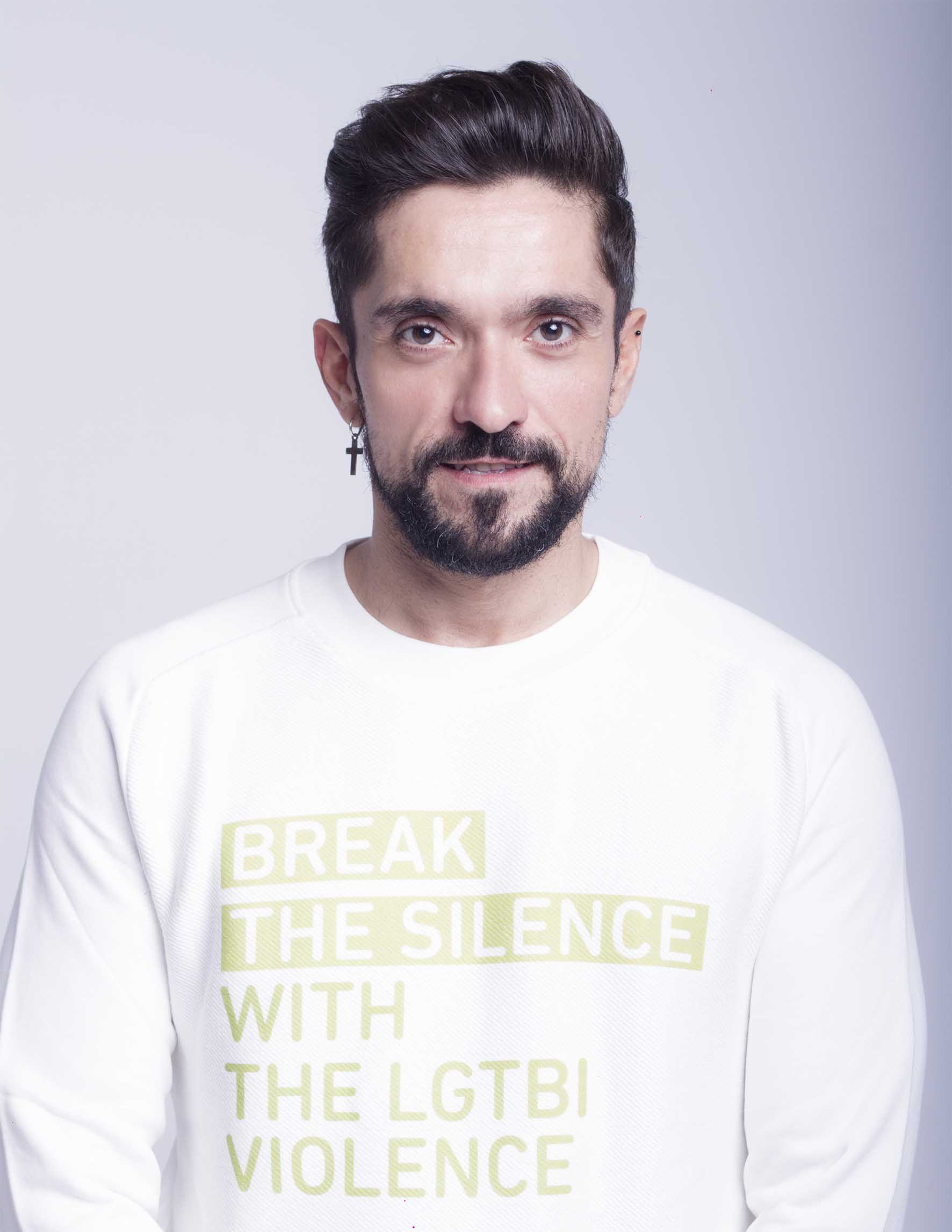 JORGEMember
JORGEMemberFirst of all I think it is important to get some knowledge about the community and realize about the best strategies for participation and how to gather key informants for planning formative research activities. It’s important to consider the resources that other partners, and also you own team, may have to implement those formative research activities. Also I think is really important to develop a clear explanation of the research goals and which benefits community will have participating. Resources, especially money, can be a good advertisement for the study but it’s not the only worthy aspect from it.
Community knowledge
– If you have knowledge about their NGOs, social / community structures you can try to use those spaces to disseminate the first information and develop a working group with the key informants to design the next steps for the formative research activities based on what you all have
– Use other active groups on social or scientific prevention research in those communities to cooperate and involve their knowledge in your own planning. Maybe they have already health programs or campaigns in which we can just be an extra activity and build a network with those existing programs or groups.
– Giving responsibility and a role inside the study can be just enough motivation to use their resources to help in the formative activities implementation.Other partners / partnerships
– What was useful for us in other stakeholder engagement activities, on the first steps, is to cooperate with other partners of the research team, usually not involved in research, to make the process more transparent and popular: local governments support, as other important groups in the community as Church, Religious leaders and sometimes even relevant people for community (as VIP people) to advertise and get more interest of what you are doing and why, and get the community attention and interest.
Use the 2.0 world
– If the goals are common and clear, if there is transparency in the process and we could find out who are the ones to help us in the formative research activities planning, then we could implement some of those activities without too much cost or resources: Skype calls, webinars, email distribution, etc., We can identify how to implement those formative activities throughout community networks and using 2.0 tools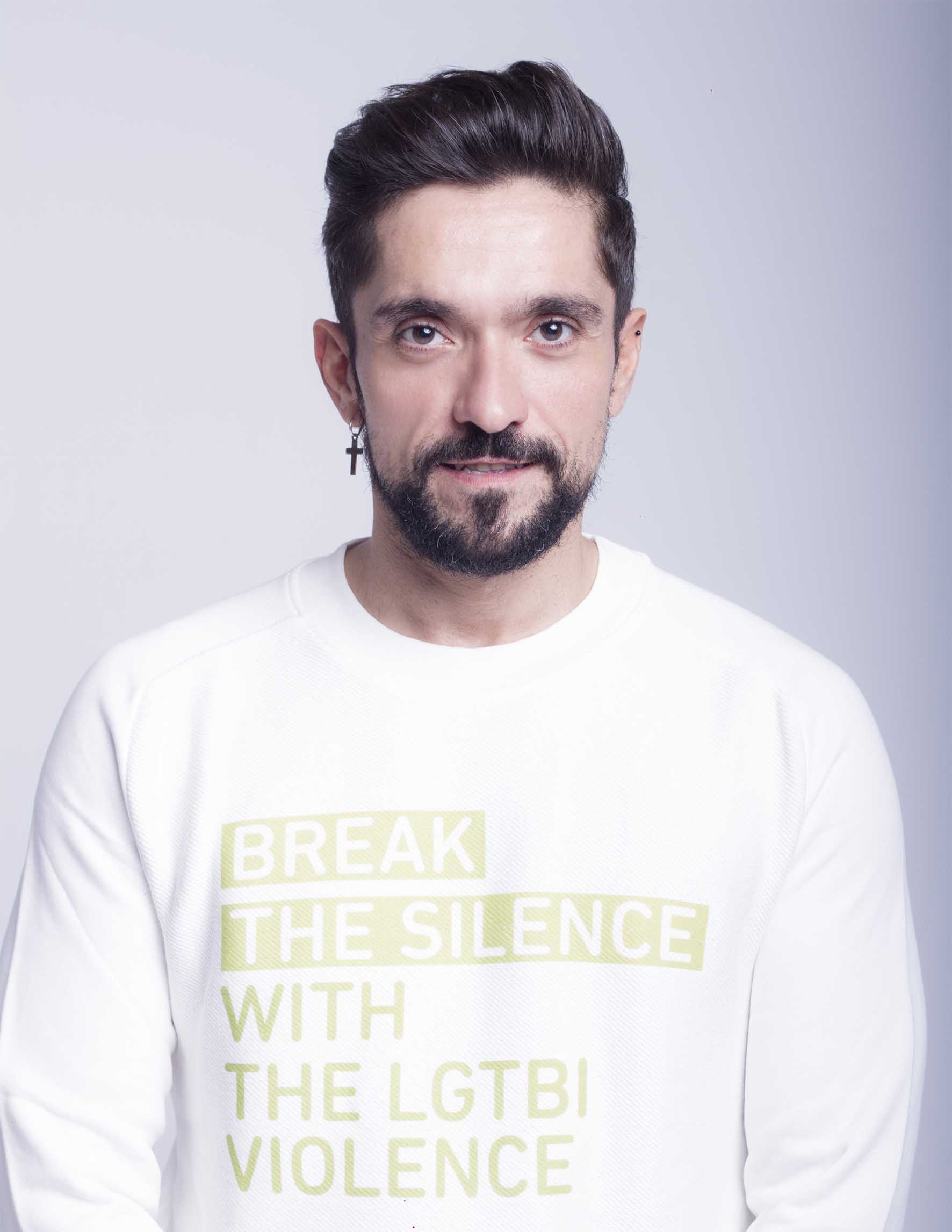 JORGEMember
JORGEMemberThere are many barriers to engage community in research or decision making processes. I guess we need to start a long way of training and pedagogy on GPP to raise real awareness in politicians and decision makers about the importance to involve community in the whole process of researches, projects, trials,…
Thanks for the info!
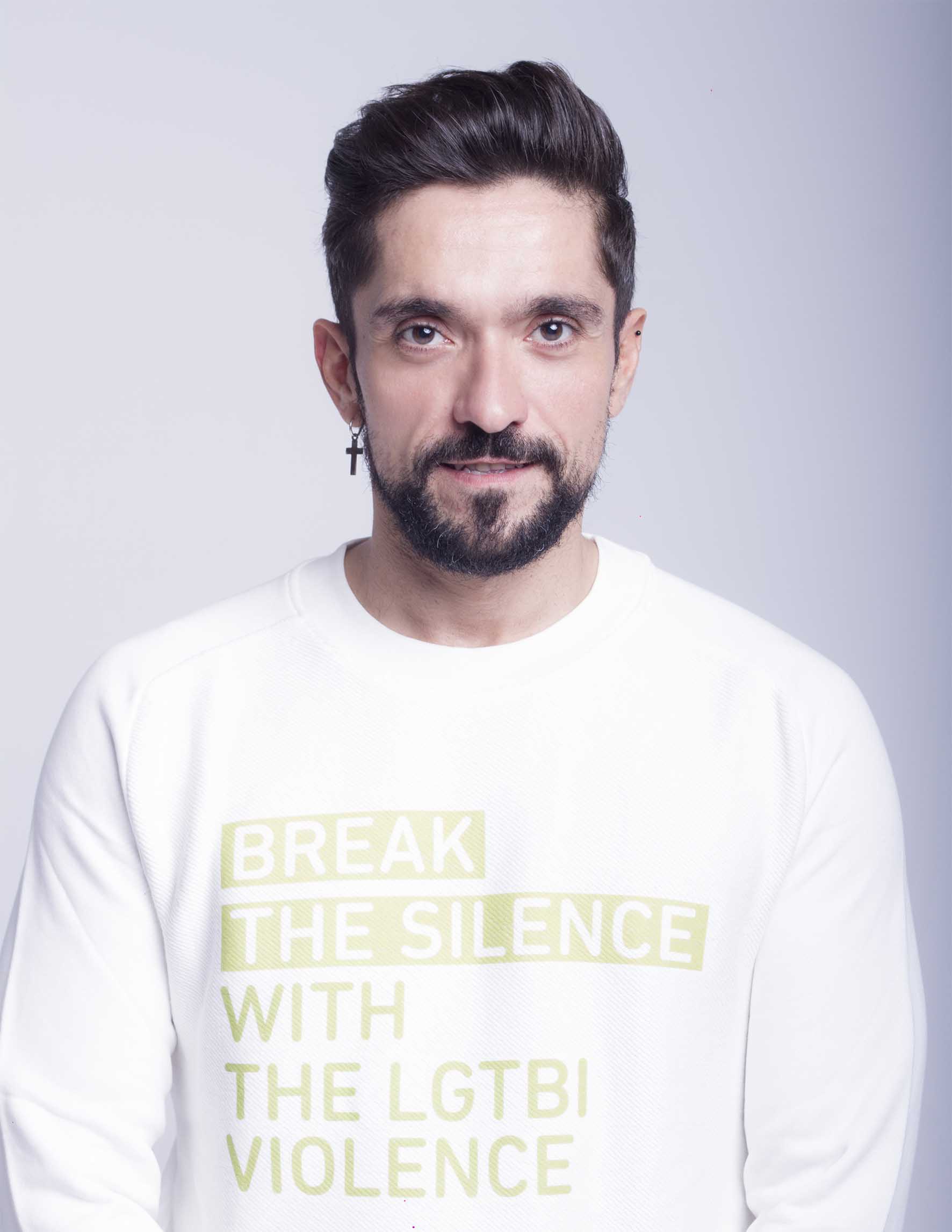 JORGEMember
JORGEMemberI agree about the need to engage community earlier, from the first steps for the protocols’ development.
What I’ve experienced during the last year in our PrEP implementation study cooperating with the Health Minister was that they were considering stakeholders not with enough representation and engagement. We had to create a national community platform and request to participate in the working group already formed and one of the main barriers was the lack of communication among stakeholders and with the own Minister.They were not answering emails, using excuses when they do it as we are so busy, and during the whole process we could not check what other stakeholders were contributing to the final document, so we didn’t have an open discussion. We expressed our concerns to the Minister but we didn’t get any response related.
Our main fear is how to break this big wall, because of the final power and decision is in government’s hands.
I see much more useful to engage us, to work together, consider everyone’s opinions and experience and develop an implementation trial with a accurate action plan and communication, following up with different tools, evaluating the progress and communicating results and celebrating success with the stakeholders, specially community
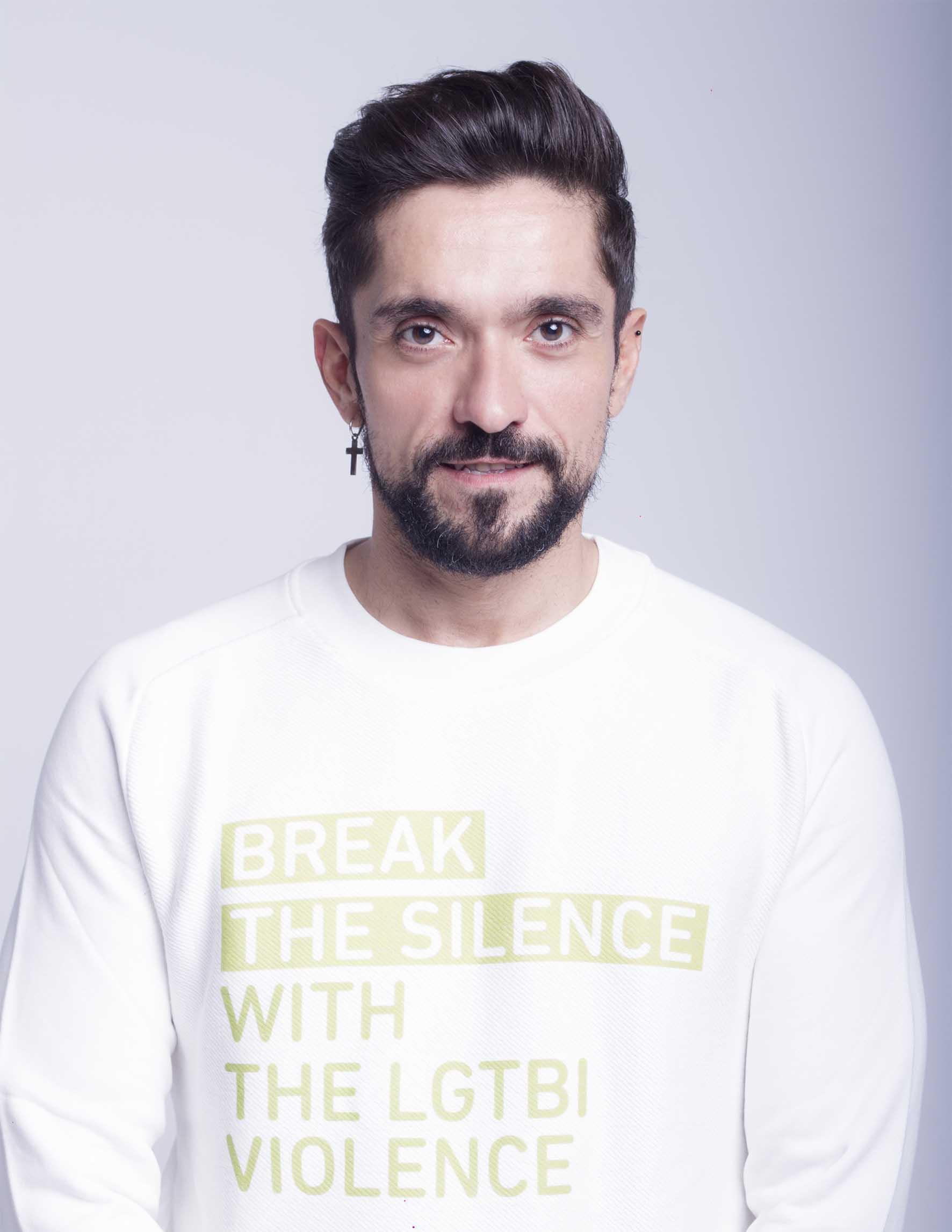 JORGEMember
JORGEMemberAh! And also something easy and basic, ask their opinion and how they feel with the process!
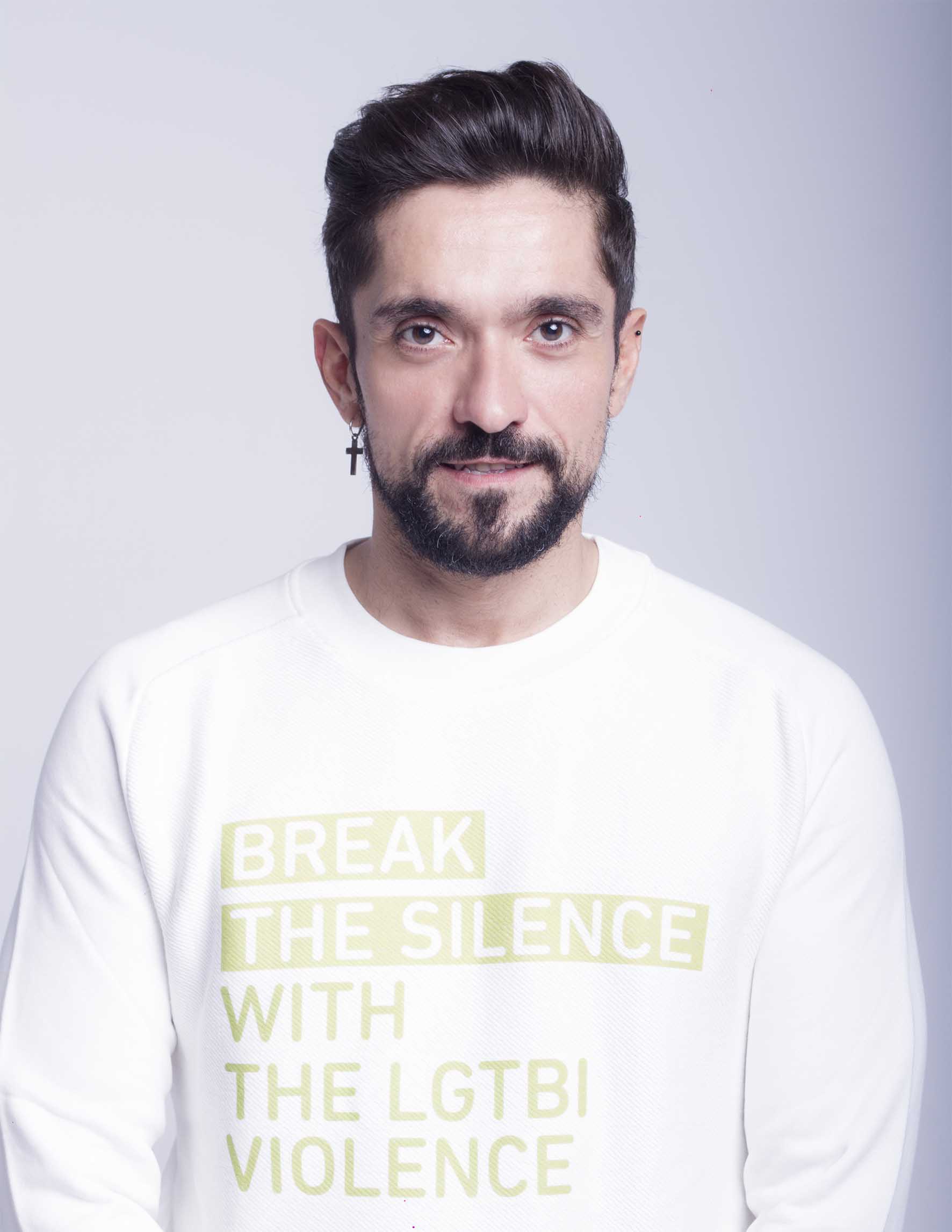 JORGEMember
JORGEMemberProbably there is not enough stakeholder retention, or participation, because there was not enough engagement. This sounds like obvious but I think it’s more frequent than we think, specially when it’s related with community.
Some research teams do the theory at the beginning, even gathering some of the right stakeholders, but maybe not enough of them, not enough involved in the process and maybe not the right people, so sometimes community leaders are ongoing for a long period (and always the same people) so we can think we have a good community representation but also community based organizations sometimes are apart of the real leaders and community needs.
I think it’s important to map stakeholders deeply, going further of the usual faces / representatives. It’s better to consider any posible stakeholder and then not having it in the final process than realize along it that it was missed. I guess the most difficult challenge is the own engagement, but I believe that if the research team develop the whole research beside those stakeholders mapped (planning, developing, implementing and evaluating, and information dissemination) the engagement will be easier and meaningful.
Plan with them, check their arguments and experience since the beginning and continue the comunication frequently, not just communicating outcomes but also work together in the whole process. In my experience another useful thing working with stakeholders is to mix them and make them to cooperate together. Networking is one of the most engaging experience for any stakeholder.
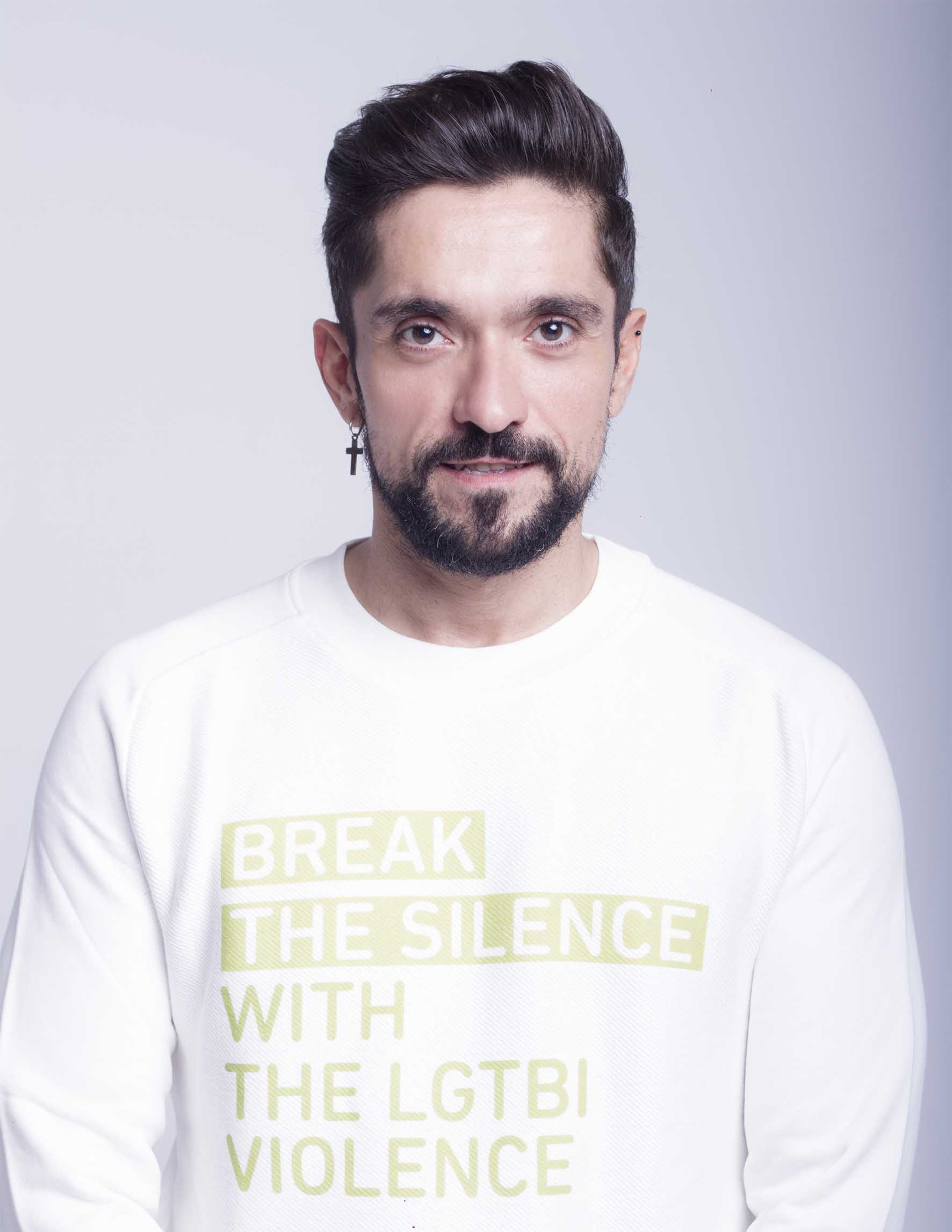 JORGEMember
JORGEMemberI really like your point about young leaders involved in research.
Research world is difficult to follow up for the most part of us, so imagine what it supposes for the new generation. Although considering this new promotion and young people, we guarantee a better future for community engagement in research, for a longer period, and also they can contribute with their diversity, closer to the community needs, and their skills and capacities, related with new technologies and creativity.
We use to be afraid to include them and we don’t use to point them out as key population but they are the present and future of the research.
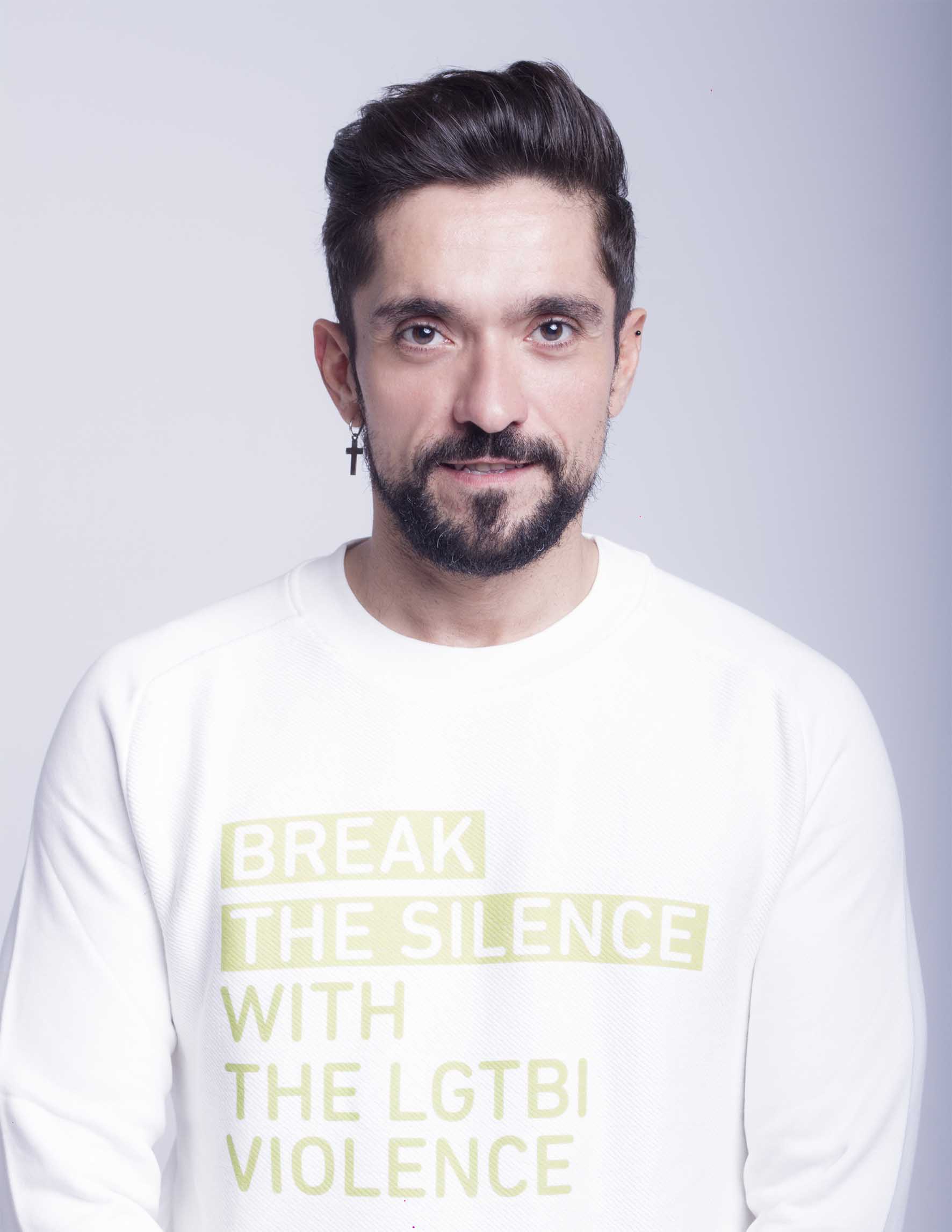 JORGEMember
JORGEMemberStakeholders engagement is a crucial phase of a research, trial or project. In my organization team and other mates from working groups we always keep this on mind in the first steps of the project, and we use to discuss and brainstorm looking for the key agents of the field.
Also I use to train my team and other activist about community engagement following some main topics:– Stakeholder mapping
a. Steps for mapping: identify, prioritize, visualize, engage, monitor and actions to take
b. Stakeholder matrix / key stakeholder grid
– Mapping stakeholders and community: practical part / exercise in which they develop a visual tool with all this mapping information
– Reality of the different communities
– Stakeholder engagement
– Strategies for a meaningful engagementAs I like to say, it’s better to look at one stakeholder too many, finding it to be irrelevant, rather than discover later that a stakeholder of importance to the project has been overlooked.
And also we work with a methodology in Apoyo Positivo, calls co-creation based on include all the key stakeholders in all the project / research phases: design, planning, developing, implementation and evaluation. We don’t want just consultation to stakeholders, take the information that we think is important with that conversation and then keep them out, We believe that giving a meaningful participation for the stakeholders during the process helps to get a better outcomes.
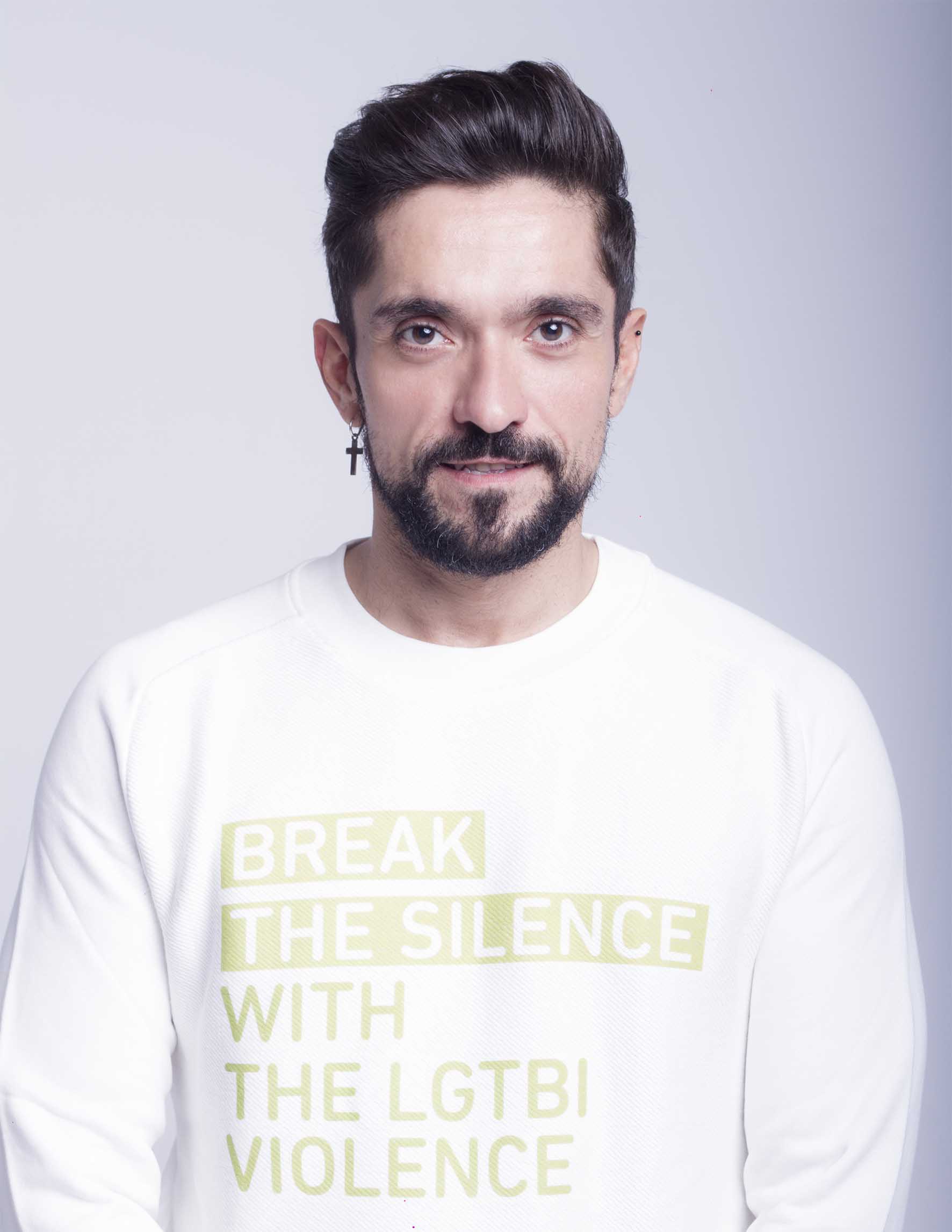 JORGEMember
JORGEMemberHi everyone! My name is Jorge Garrido and I’m the executive director of Apoyo Positivo (www.apoyopositivo.org), one of the largest HIV community based organization in Spain and also member of the European AIDS Treatment Group. I’ve been working in the HIV field the last 10 years and growing from a more interventional professional profile, focused in our programs and activities, to a deeper activist work.
The last years I’ve been training some physicians around Europe on community engagement beside also other stakeholder as EATG and pharmaceutical companies.
During 2016 my organization created, beside other big HIV NGOs as BCN Checkpoint, a National Platform advocating for PrEP in Spain. Our main goal has been to guarantee the community rights in the PrEP implementation process and to get an early access to those who need it more right now. We’ve been working with the Health Minister in the working group developing the protocol for PrEP Implementation.
Also recently I’ve been invited to join the CAB for DISCOVER, the new prevention trial from Gilead to prove TAF as PrEP versus Truvada. That was the main reason to join this course and have a deeper knowledge to do my best as community advisory board member in this new trial, which has been stopped in its implementation because it hasn’t followed the GPP principles.
I hope to learn enough and use this experience to do a good work in this research and in future ones.
Thanks a lot for the chance!
-
AuthorReplies


